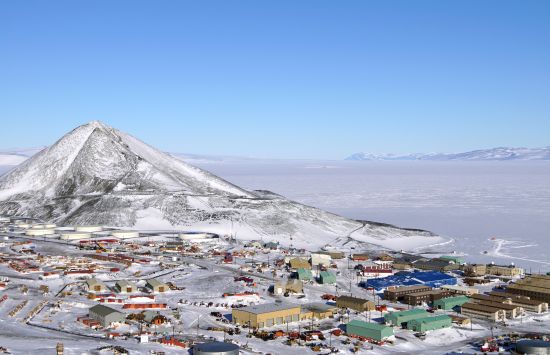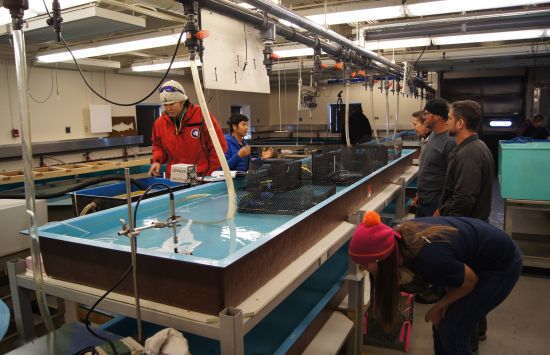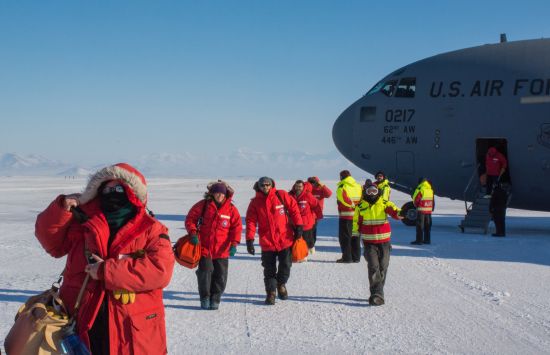Location
- Situated at 77° 50.89’ S, 166° 40.11’ E on the volcanic rock of Hut Point Peninsula, Ross Island.
- The southernmost point accessible by ship.
- Located 25 miles from Mount Erebus, the world’s southernmost active volcano.
- Close to Antarctic Specially Protected Area (ASPA) 122, Arrival Heights.

Biodiversity, natural environment and climate
- McMurdo Station is a coastal station surrounded by annual sea ice for most of the year.
- Regular wildlife sightings include penguins, seals and skuas.
- Annual mean temperature is -18°C (-0.4°F) with recorded lows of -50°C (-58°F) and highs of +8°C (46.4°F.)
- Snow accumulation can reach up to 1.5 meters annually. The station is typically snow-free in summer.

History
- The station was established on December 18, 1955, and opened in 1956 as part of Operation Deep Freeze.
- Named after its geographic location on McMurdo Sound, which is named after Lieutenant Archibald McMurdo, a Scottish naval officer and polar explorer.
- Served as the center of U.S. logistical operations during the International Geophysical Year, an international scientific effort that lasted from July 1, 1957, to December 31, 1958.
Facilities
- Functions as the primary logistics hub for the U.S. Antarctic Program.
- Infrastructure includes approximately 146 buildings of varying sizes, including:
- Repair facilities, dormitories, offices, firehouse, power plant, water plant and satellite communications.
- Recreational facilities including a library, coffee house, clubs, store and gymnasiums.
- The A. P. Crary Science and Engineering Center for scientific research, including laboratories and saltwater aquarium.
- Features a harbor, two airfields and helicopter pads.
- Linked by above-ground utility lines for water, sewer, telephone and power.

Population
- Up to 1,100 people during a week in the summer season.
- Up to 200 people during a week in the winter season.
- 2,300 people move through the station annually.
- 147,956 meals are served a year.

Scientific research and activities
- Close to significant research areas, including the McMurdo Dry Valleys, Mount Erebus, Cape Crozier and Cape Royds.
- Research spans various disciplines, including:
- Aeronomy and astrophysics.
- Biology and ecosystems.
- Geology, geophysics, glaciology and geomorphology.
- Ocean and climate systems, as well as ice core studies.
- The station also supports participants of the Polar STEAM program who conduct projects near McMurdo.

